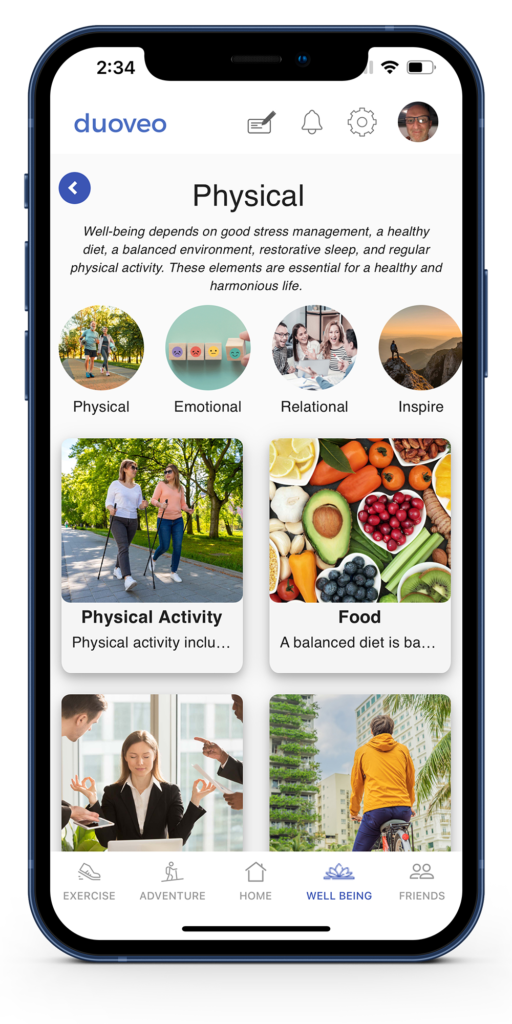Our emotions do not arise randomly. They are often activated by specific stimuli called emotional triggers. Understanding these triggers allows us to better regulate our reactions and improve our emotional well-being. This article guides you through an in-depth exploration of your triggers, helping you identify and analyze them more effectively.
1. What is an Emotional Trigger?
An emotional trigger is a situation, a word, a gesture, or a memory that provokes an intense emotional reaction. These reactions can be positive (joy, excitement) or negative (anger, sadness, fear). For example, criticism might trigger a feeling of inadequacy, while a compliment might evoke pride.
These triggers often originate from past experiences, deep beliefs, or unmet expectations.
2. Why is it Important to Identify Them?
When we react emotionally without understanding why, we risk acting impulsively and later regretting our actions. Identifying our triggers allows us to:
- Avoid excessive reactions by taking a step back.
- Communicate better with others by explaining our needs.
- Improve our emotional well-being by managing our emotions with more awareness.
3. How to Detect Your Emotional Triggers?
a) Observe Your Physical Reactions
Our emotions often manifest physically even before we are consciously aware of them. Pay attention to:
- Your breath: Does it become faster or more erratic?
- Your heart rate: Does it speed up?
- Your muscles: Do you feel any particular tension?
b) Record Your Emotions and Their Contexts
Keep an emotional journal in which you note:
- The emotion felt (anger, fear, sadness, joy, etc.).
- The preceding event (a conversation, a specific situation).
- The associated thought (“I am not good enough,” “I am being disrespected”).
c) Identify Recurring Patterns
Over time, patterns emerge. You may notice that certain types of situations or remarks consistently trigger intense reactions. This could indicate that these elements touch a sensitive chord in you.
4. Analyzing Your Emotional Triggers
a) Understand the Origin of the Triggers
Ask yourself these questions:
- Does this event remind me of a past experience?
- Is there a deep belief being activated?
- Is this reaction justified by the present, or amplified by the past?
For example, if a comment about your work makes you furious, it could be related to an old fear of not being recognized.
b) Distinguish Facts from Interpretations
We tend to interpret situations based on our own history. Taking a neutral view helps to distance ourselves. For example:
- Fact: “My friend didn’t respond to my message.”
- Interpretation: “He doesn’t like me anymore.”
Becoming aware of this difference helps to react more objectively.
5. Managing and Transforming Your Reactions
a) Practice Breathing and Mindfulness
When you feel an intense emotion arise, try to breathe slowly and deeply. Mindfulness helps you observe your emotion without clinging to it.
b) Reframe Your Thoughts
Automatic thoughts amplify our reactions. Reframe them in a more rational way:
- Initial thought: “I’m useless, I made another mistake.”
- Reframed thought: “Everyone makes mistakes, I’ll learn from this one.”
c) Express Your Emotions Assertively
Rather than reacting aggressively or passively, calmly express what you feel:
“When you say that, I feel hurt because it seems like…”
Conclusion
Detecting and analyzing your emotional triggers is an essential skill for improving your well-being. It requires careful observation and regular self-work. The more you become aware of these mechanisms, the better you’ll be able to manage your emotions with serenity and build more harmonious relationships.
Sources :
- Harvard Medical School – Understanding Emotional Triggers
- American Psychological Association (APA) – The Science of Emotional Regulation
- Psychology Today – How to Identify Your Emotional Triggers
- Neuroscience Journal – The Brain’s Response to Emotional Stimuli
- The Lancet Psychiatry – Emotions, Memory, and Cognitive Processing


